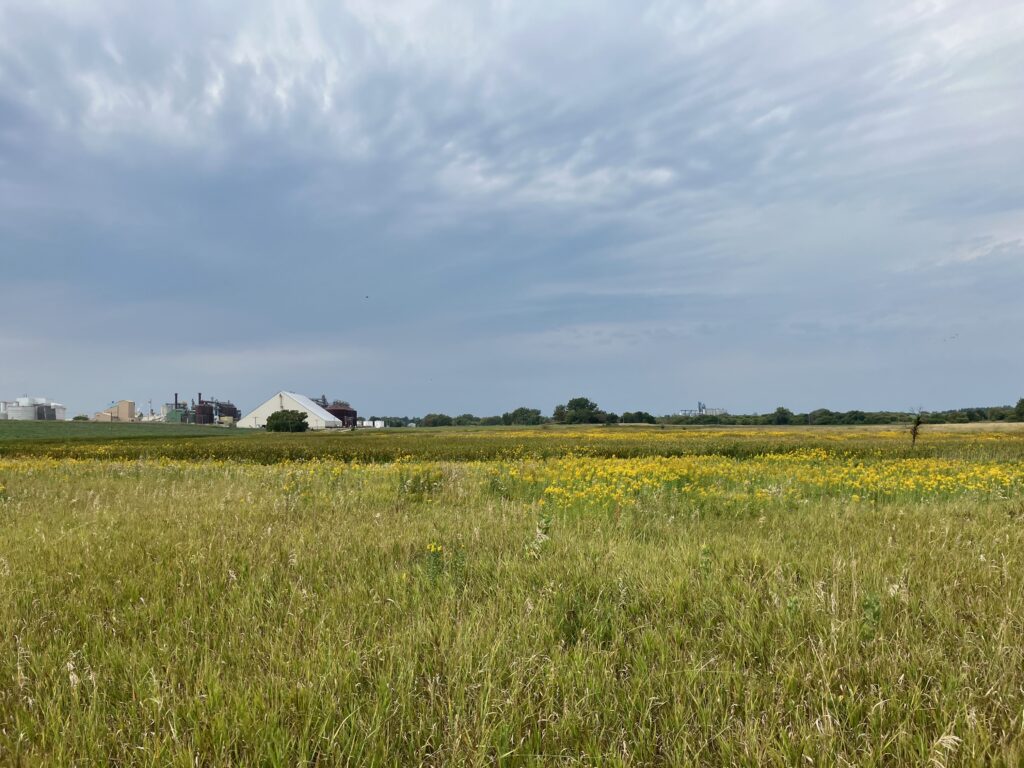Grazed wildlife habitat
In partnership with North Dakota’s Meadowlark Initiative, our program combines the best of local prairie restoration, prescribed fire, and grazing. Grazed Wildlife Habitat units are designed with ranchers and wildlife in mind. Changing the fire-hesitant culture of grassland management is what our program seeks to accomplish. When your pasture is enrolled in Grazed Wildlife Habitat, we will engage you in prescribed fire and diversify your pasture to create a resilient cattle operation for future generations.
How does annual patch-burning benefit wildlife?
Without fire, prairie is at risk of disappearing. The prairie is a fire-dependent ecosystem that has been invaded by introduced cool season grasses that are susceptible to drought and further invasion from weeds such as leafy spurge. Fire, interseeding, and the use of spurge beetles can restore these lost habitats without full dependence on herbicides. Patch-burn-grazing mimics the habits of historic bison herds that grazed where fire had been.
Patch burning, rather than burning an entire unit, allows a place for wildlife to take refuge during and after fire. Patch-burning creates variation in habitat structure that provides cover for different grassland birds. Because cattle prefer to stay in recently burned patches, they are less likely to disturb grassland birds and waterfowl nests located in unburned patches. It also allows regeneration of diverse floral resources for pollinators.
How does patch-burn-grazing benefit cattle?
Fresh growth after fire is more palatable and holds more protein, allowing cattle to make greater gains than in continuously or rotationally grazed pastures. Fire also increases nutrients and biomass in plants. Cattle prefer grazing in recently burned patches and tend to stay out of unburned patches. In this program, cross-fencing is not needed and resources can be put towards quality perimeter fencing and water access. Cows do not need to be moved throughout the grazing season and should not need supplemental hay.
Beating pasture weeds
To beat many common pasture weeds, the plant community needs to change. Native prairie is complex and provides the most beneficial grazing when it is diverse. Interseeding with native plants can diversify a pasture when fire is incorporated in management.







